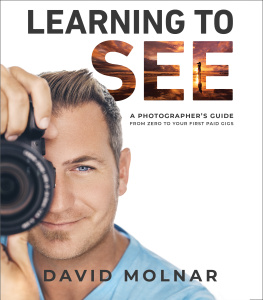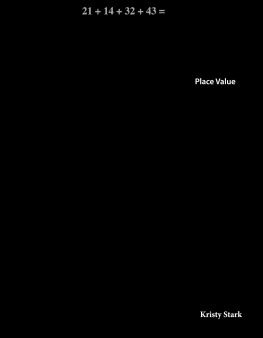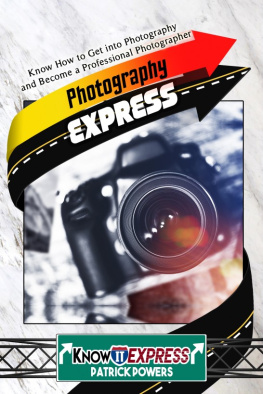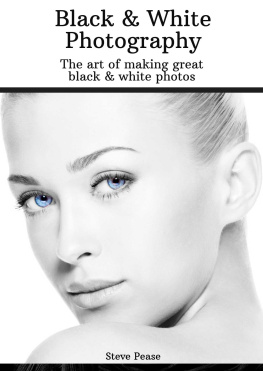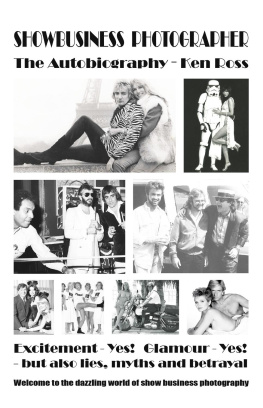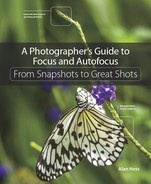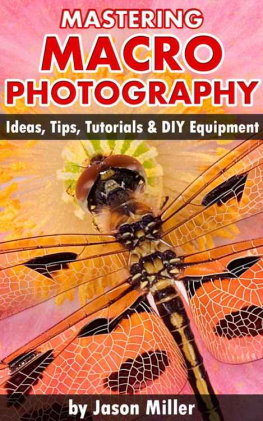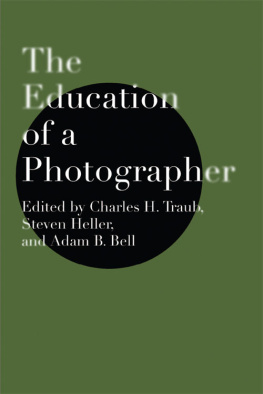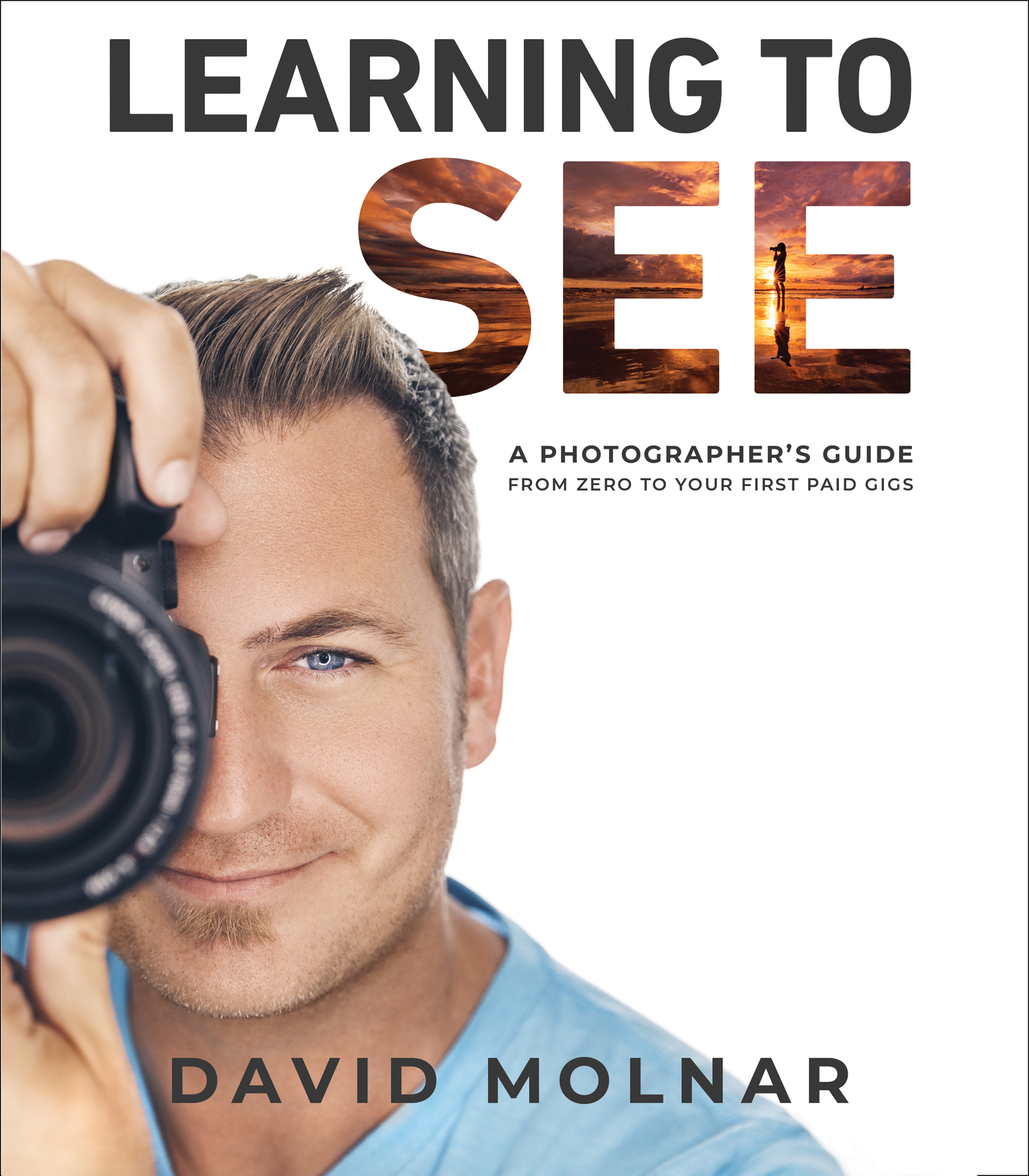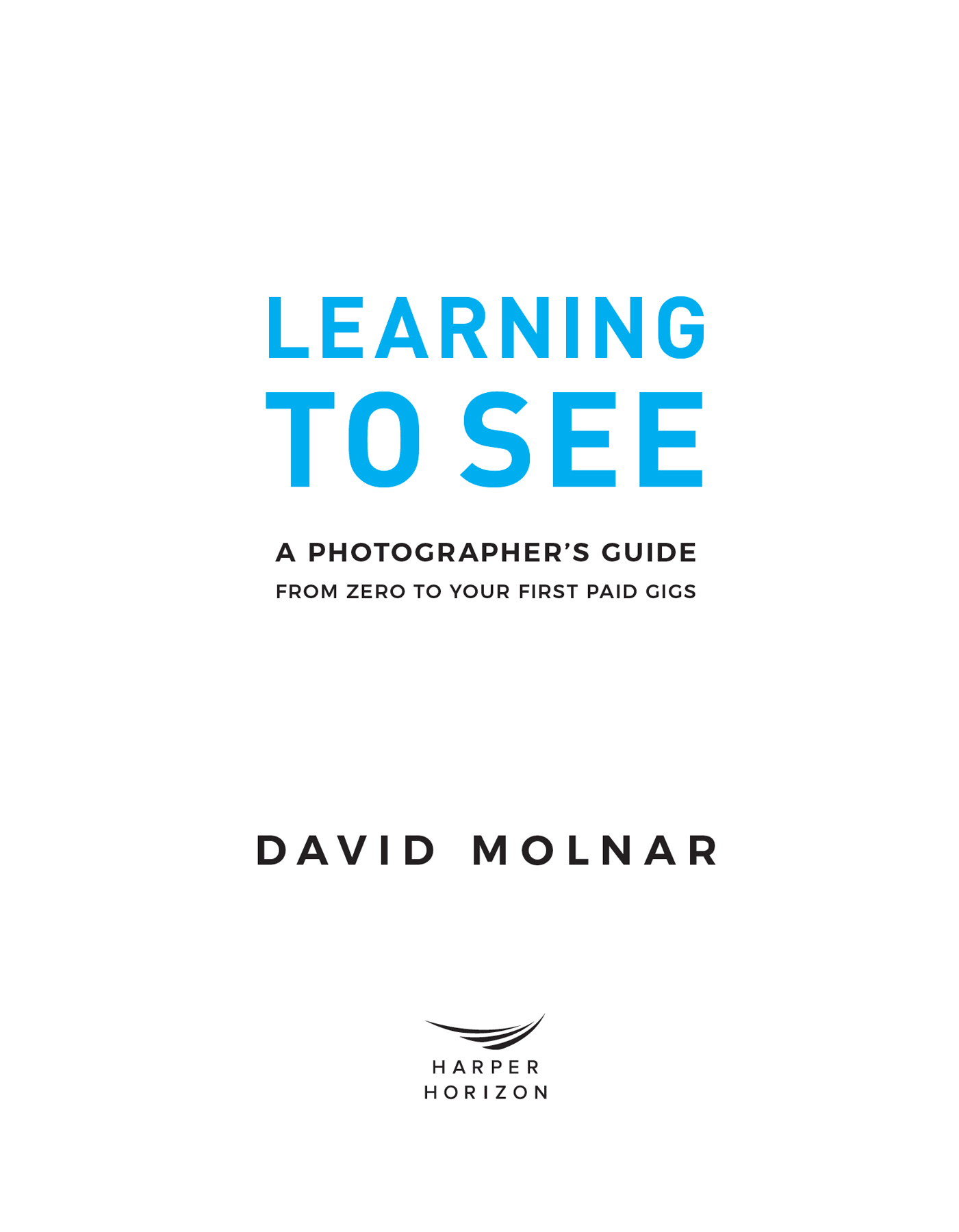Learning to See
Copyright 2022 by David Molnar
All rights reserved. No portion of this book may be reproduced, stored in a retrieval system, or transmitted in any form or by any meanselectronic, mechanical, photocopy, recording, scanning, or otherexcept for brief quotations in critical reviews or articles, without the prior written permission of the publisher.
Published by Harper Horizon, an imprint of HarperCollins Focus LLC.
Scripture quotations are from the ESV Bible (The Holy Bible, English Standard Version). Copyright 2001 by Crossway, a publishing ministry of Good News Publishers. Used by permission. All rights reserved.
Any internet addresses, phone numbers, or company or product information printed in this book are offered as a resource and are not intended in any way to be or to imply an endorsement by Harper Horizon, nor does Harper Horizon vouch for the existence, content, or services of these sites, phone numbers, companies, or products beyond the life of this book.
ISBN 978-0-7852-5367-9 (ebook)
ISBN 978-0-7852-5366-2 (HC)
Epub Edition August 2022 9780785253679
Library of Congress Control Number: 2022934085
To my beloved wife, who believed in me before I learned to see
Contents
Guide
A s a special thank-you for buying this book, Ive recorded an accompanying video lesson for each chapter to illustrate the more technical aspects of the material we cover. Its a completely free resource for you, but I apologize ahead of time for all the puns and dad jokes in the recordings.
Throughout this book, youll see examples of how to apply the concepts we explore, but in some cases its just easier to watch a step-by-step video tutorial. Ive also included a list of the latest gear, resources, and tools I recommend (since those are changing faster than the publisher can print paper).
To get free access, all you have to do is go to PhotoMentorship.com/LTS. Enjoy!
I was never supposed to be a professional photographer. Its amazing how almost dying can change the course of your life forever, though.
My creative career began on a crisp December 24 when I was driving ninety minutes to reach the nearest mall for some last-minute Christmas shopping. My 1981 mustard-yellow, rusted-like-crazy Volvo station wagon with the white fur seat covers (dont ask) was affectionately called Marva, and she was old enough to buy beer.
I, however, was not. Having just turned eighteen a few months before, I had gotten my private pilots license and was on my way to becoming an airline pilot.
The plan was simple: Finish senior year of high school as an undefeated wrestler, win the state championship, and accept one of the many scholarship offers from the universities that were courting me. Then, leave my sleepy little town in North Carolina, get a bachelors degree in something, and work my way up the ranks until I could fly planes for a living.
But that day, all those dreams came to a crashing halt.
Driving sixty-two in a fifty-five, I saw something out of the corner of my eye drifting toward me, and to this day I still dont know what happened. One moment I was cruising down the highway. The next, I woke up in a hospital with the nurses telling me it wasnt my fault.
There had been a head-on collision in which the closing speed between me and the other driver was well over 120 miles per hour. When I came to, my legs didnt work, my whole body ached, and I knew I would never wrestle again.
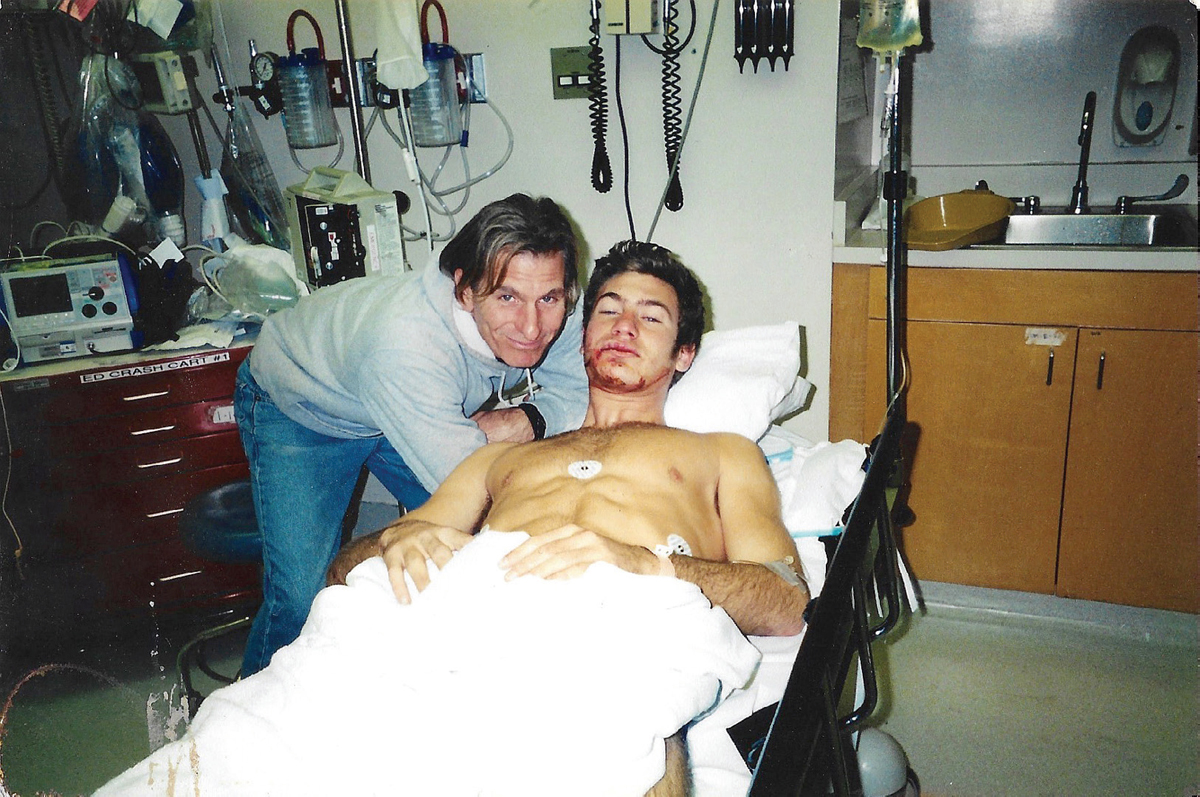
My dad and me in the hospital on Christmas Eve 2002
My world was turned upside down that day. I found myself at a point in life where everything I thought was going to happen did not. I was not going to college, not on scholarship or for any other reason. I would not wrestle again. I would not become an airline pilot. The life I had envisioned just would not be. The irony of that accident, however, was that it gave me eyes to see another life that was not only possibleit was necessary. I had to get a new vision for the future since the one I had was no longer possible. I would one day start to see it come together, but that was still a long way away.
As I dug my way out of a minor depression, a new path started coming into focusnot as a wrestler or a pilot but as a photographer. Well come back to all that, but for now, all you need to know is that life doesnt always go the way we expectand thats where some of the best stuff can be found.
When you fail, whether in photography or in life, you can always refocus on whats important and take another shot.
Why I Wrote This Book
My journey toward becoming a professional photographer started in struggle. I remember all too well what it was like to hustle through a decade of work, using painful trial-and-error to stumble my way through to eventual success.
My dad gave me his old Nikon 35mm film camera so I could take Photography 101 in high school. After graduation, I begged a nonprofit to let me volunteer as a photographer for their organization. During this time, I began to tackle the basics of how my camera worked. I also started fumbling around with editing.
Next, I worked with my godfather, Billy Diggsa professional surfing photographer and contractorto help him build a website for his construction company. I learned some techniques from him and even made my first twenty-five dollars from a magazine as a surf photographer. Unfortunately, I never made another dime off surfing photography.
For a brief three-month stint the following summer, Biff Jennings gave me a job shooting beach portraits of tourists on medium-format film cameras. It was fun, and I learned about posing and lighting and how every family must wear khakis and white polos on the beach. On one shoot, I managed to insult a ladys weight completely by accident and almost got beaten up by her husband. Needless to say, they didnt order any extra prints. Sorry, Biff! Clearly, beach portraits werent the long-term focus for me.
Then I moved to Nashville and asked other professional photographers to let me assist on their shoots. I ended up cleaning toilets, carrying sandbags, making lots of coffee runs, and setting up far-too-many-to-count lighting rigs. My role in these shoots was something like a cross between a housekeeper and a Sherpa. I would pick up clues here and there but still had to spend years assisting others only to learn a fraction of what I needed to know.
While I was an assistant to other photographers, I began shooting low-budget weddings. To make these shoots, Id often have to drive all night to another stategetting only a few hours of sleep in a crappy hotel roomthen photograph all day before driving home back to my life and work in Nashville. In between gigs, I spent thousands of hours trying to edit my photos. Sometimes, I would delay delivering my work to clients because I was unsure if it looked good or not. Determined to succeed, I spent years struggling to make ends meet.
As I developed my skills as a wedding photographer, I became proficient and slowly started raising my prices, which allowed me to travel more and attract a higher-end clientele. Eventually brides started flying me in to shoot weddings from LA to NYC and many domestic locations in between. My wife was able to quit her job and join me shooting full time as we traveled internationally to exotic destinations like the Alps in Switzerland and the emerald waters of the Greek islands. Our wildest dreams were coming true. Except for one: shooting album covers.

